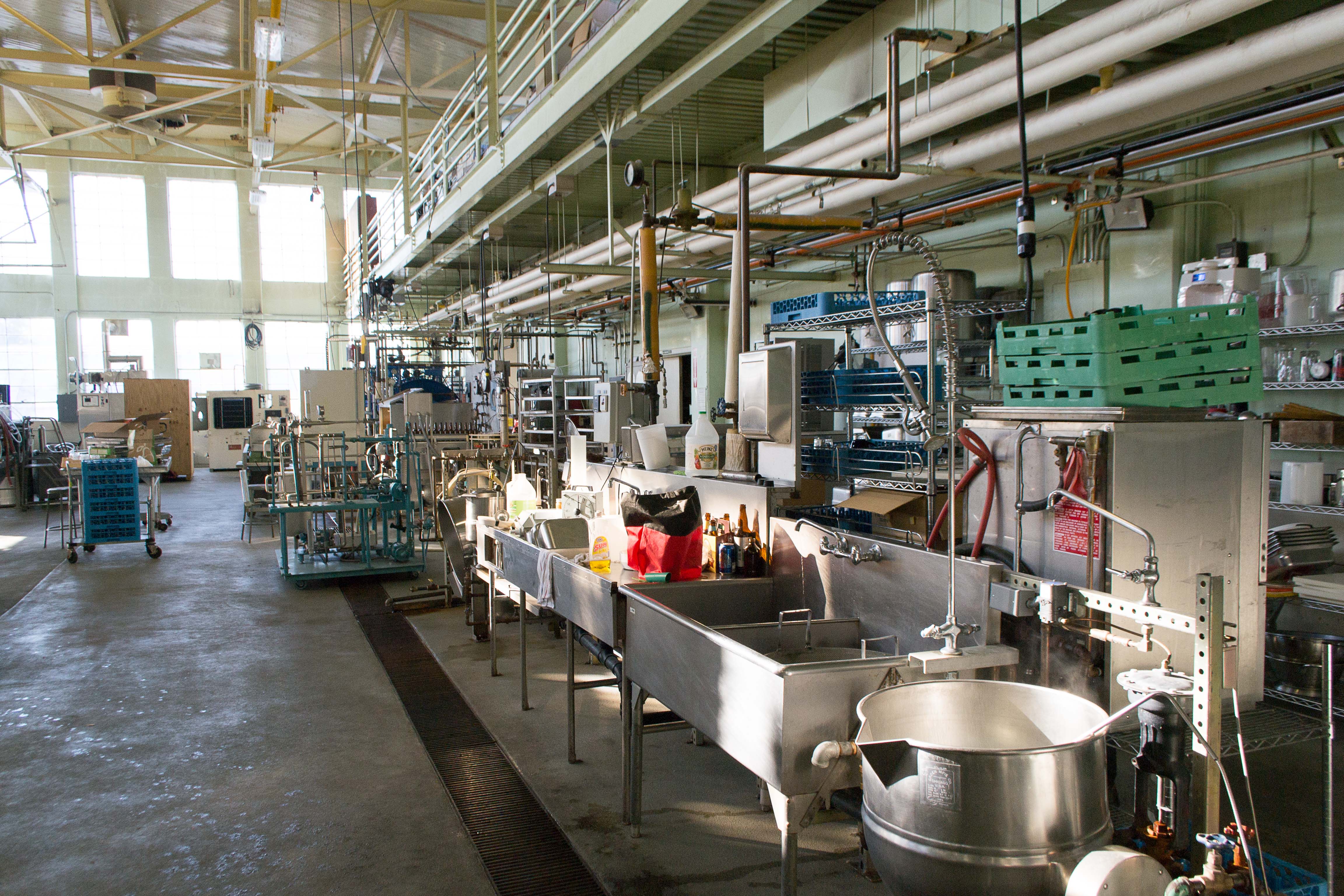
Photo from academic.microsoft.com
ABSTRACT Conventional methods for determining fat content and fatty acids (FAs) composition are generally based on the solvent extraction and gas chromatography techniques, respectively, which are time consuming, laborious, destructive… Click to show full abstract
ABSTRACT Conventional methods for determining fat content and fatty acids (FAs) composition are generally based on the solvent extraction and gas chromatography techniques, respectively, which are time consuming, laborious, destructive to samples and require use of hazard solvents. These disadvantages make them impossible for large-scale detection or being applied to the production line of meat factories. In this context, the great necessity of developing rapid and nondestructive techniques for fat and FAs analyses has been highlighted. Measurement techniques based on near-infrared spectroscopy, Raman spectroscopy, nuclear magnetic resonance and hyperspectral imaging have provided interesting and promising results for fat and FAs prediction in varieties of foods. Thus, the goal of this article is to give an overview of the current research progress in application of the four important techniques for fat and FAs analyses of muscle foods, which consist of pork, beef, lamb, chicken meat, fish and fish oil. The measurement techniques are described in terms of their working principles, features, and application advantages. Research advances for these techniques for specific food are summarized in detail and the factors influencing their modeling results are discussed. Perspectives on the current situation, future trends and challenges associated with the measurement techniques are also discussed.
Journal Title: Critical Reviews in Food Science and Nutrition
Year Published: 2018
Link to full text (if available)
Share on Social Media: Sign Up to like & get
recommendations!